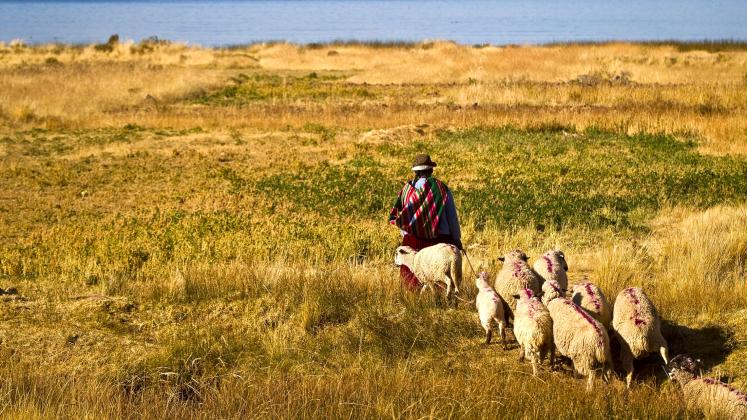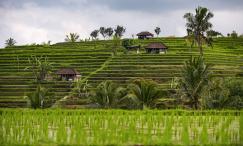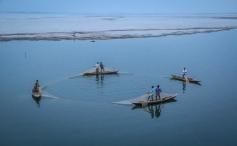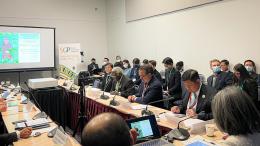This side event of the UN Biodiversity Conference (CBD COP 16) will highlight the role of the Community Development and Knowledge Management for the Satoyama Initiative (COMDEKS) in achieving the SDGs and key targets under the Kunming-Montreal Global Biodiversity Framework (GBF), including those on ecosystem restoration, protected areas and other effective area-based conservation measures (OECMs). It will highlight the role of local actors, civil society and local communities in designing and implementing innovative, inclusive, sustainable and locally-led solutions that address the triple planetary crises of climate change, biodiversity loss and pollution. The session will also discuss the linkages between poverty reduction, local resilience and empowerment, and ecosystem restoration.
Participation
The side event is open to attendees of CBD COP 16. It will be held in Plaza One, Farallones — Youth meeting room.
Please note that participants in UNU events may appear in photography, screen captures, videos and/or audio. For further information please refer to Events.
Programme
Programme details will be added to this page as they become available.
Organizers
The event will be co-organized by the Keidanren Committee on Nature Conservation (KCNC), the Ministry of the Environment of Japan (MOEJ), the GEF Small Grants Programme at UNDP, CBD Secretariat (SCBD) and UNU-IAS.
Background
COMDEKS was launched in 2011 as a flagship program of the International Partnership of the Satoyama Initiative (IPSI), a global network which aims to build on mutually beneficial human-nature relationships where the maintenance and development of socio-economic activities align with natural processes.
At CBD COP 15, the launch of COMDEKS Phase 4 was announced, with a projected funding of one billion Japanese yen from 2023 to 2027. This phase aims to drive integrated local actions that contribute to key GBF targets, including Target 3 ("30 by 30” goal for conserving 30% of global landscapes and seascapes), Target 2 (restoring 30% of degraded land) and Target 10 (promoting sustainable use of biodiversity in sectors like agriculture and forestry). The programme also supports sustainable biodiversity use in socio-ecological production landscapes and seascapes (SEPLS) in countries under their National Biodiversity Strategies and Action Plans (NBSAPs).




